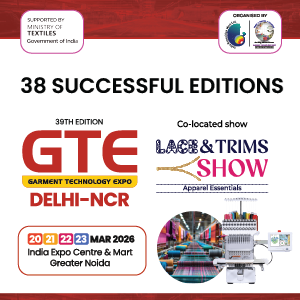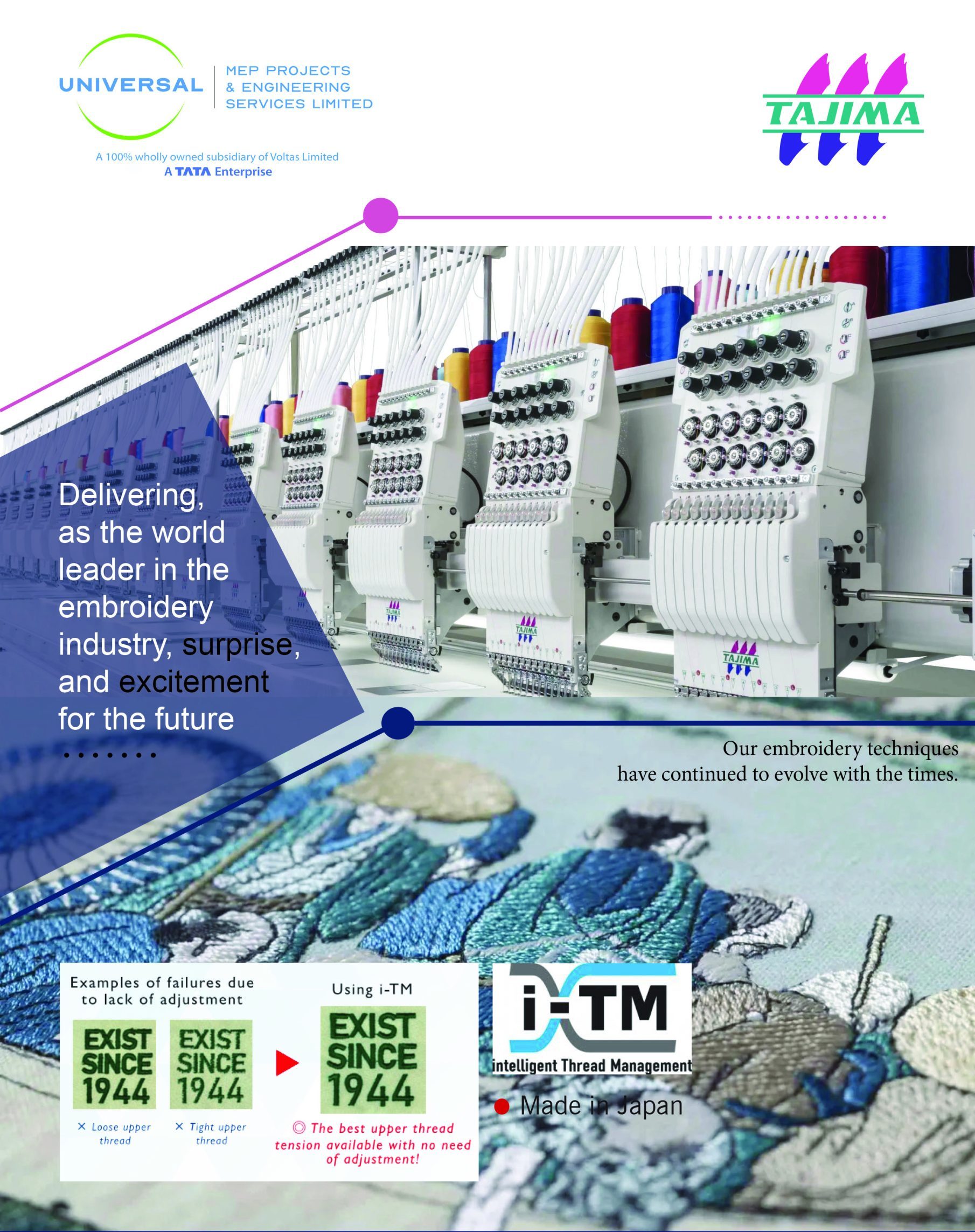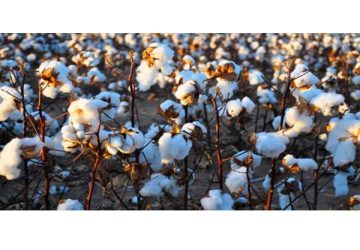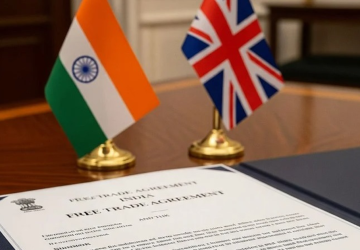 It is a truckers Vs. Customs issue a major though at the Tuticorin port in Tamil Nadu. Why not trucks using import cargo could not be utilised again for export cargo. The Central Board of Indirect Taxes had granted this facility as a trade facilitation measure through a notification in February 2019 – 5 years ago. The denial of the facility will raise the logistics cost of exporters by over 30 percent and the duration of this cargo movement, affecting timely delivery of goods.
It is a truckers Vs. Customs issue a major though at the Tuticorin port in Tamil Nadu. Why not trucks using import cargo could not be utilised again for export cargo. The Central Board of Indirect Taxes had granted this facility as a trade facilitation measure through a notification in February 2019 – 5 years ago. The denial of the facility will raise the logistics cost of exporters by over 30 percent and the duration of this cargo movement, affecting timely delivery of goods.
There is no written order by customs but officials at the port have “orally” in strutted truckers that the trucks delivering the import cargo should return to the yard and to not be used for carrying export cargo. The restriction has had the effect of downplaying the Government’s efforts extended through the Remission of Duties and Taxes on Export Product (RODTED) Scheme.
Exporters from Tiruppur, Palladam, Erode, Karur, Dindugal, Madurai (MSME Textile Clusters) have urged Commerce Minister to allow trucks delivering import cargo for loading of export cargo as well, enabling the ease of doing business resulting in reduction of carbon foot print.
The modus operandi of transporting the export consignment by MSMEs has been that the trucks carrying import cargo from port unloads the cargo at the factory premises. The return leg of the empty truck back to the yard is made use of for carrying Less Than Container Load (LCL) cargo. If not, the importer is bound to bear the cost of empty movement of the truck as well. Large exporters also transport their goods by way of Full Container Load (FCL) whereby the goods are stuffed in the factory and sealed. The consolidated LCL cargo is subject to documentation, verification, assessment and examination by customs authorities. After examination and clearance of LCL cargo at the Inland Customer Depot, the packages opened for customs examination are sealed by the customs.
The communication to Piyush Goyal has drawn attention to the National Logistics Policy, 2022 to improve India’s logistic infrastructure and make the country’s products more competitive in the global market.
The MSME exporters are hopeful that Goyal will intervene and set things right. For he is eager to lower the burden of exporters after being string by a steep fall in exports this fiscal. He had announced a slew of measures, including purchase of five vessels by the Shipping Corporation of India and waiver of several charges to reduce the burden of exporters.
The measures follow an assessment that freight rates have started cooling down. Some the shipping lines have told government officials including Goyal that freight to the UK may drop to dollar 1800 – 1900 as the demand from China comes down.
It came to light they specific varieties like refrigerated open – top containers may be in short supply. Besides, lack of space on ships and blank sailing was at the heart of the issue. Shipping lines have been asked to increase frequency and ports have been told to reduce turnaround time. The shipping lines have announced that all charges like container transportation and Lift – on and Lift off at Ports would be embedded in the delivery order given to shippers.
The commerce ministry has also stepped in to work out a long term solution to the credit. Woes of exporters, especially the smaller players who are complaining of lack of access to finance with banks and RBI remaining mere spectators. The problems with access to credit are in addition to the cost of credit, which has soared and is a major cause for concern. Data shared by exporters with the Commerce Minister showed that outstanding export credit has declined from amount Rs.2.3 Lakh cr at the end of March 2022 to under Rs.2.2 Lakh cr in March 2024, despite a 15 percent rise in exports in rupee terms during this period. Exporters are already complaining that the Expenditure department is reluctant to not just extend the interest subsidy scheme beyond September, but its failure to provide future guidance as it would help them price their products accordingly.
The frequent credit – related complaints have prompted the Directorate to General of Foreign Trade (DGFT) to rope in Earnest and Young (EY) to undertake a comprehensive analysis as it considers multiple options.
The aim is to launch a multi-pronged assault on various issues related to financial services that exporters have to deal with. It has been felt for same time that the Export Credit Guarantee Corporation (ECGC) is unable to meet the entire requirements of business and trade. ECGC’s coverage as a service provider is worth dollar 80-90 billion when the coverage for merchandise exports needs to be of the order of dollar 450 billion.
As is known, India is the largest producer, consumer and third largest exporter of cotton, accounting for 35 percent of global area, 22 percent production and achieving 55 percent of global average productivity. It imports less than 5 percent of its requirements.
But India has turned deficit from the status of a surplus country with three to five pickings. Only around 75 percent of cotton production is suitable for production of high value – added products and meet export quality specifications. The availability needs to be increased by 50 lakh to 75 lakh bales to utilise the highly capital intensive – dle capacity in the value chain.
Indian cotton is more than 5000 years old and historically producing the finest cotton yarn and fabrics in the world. The industry provides job to over 100mm. People especially the rural masses and women. Around 12 mn farmers are engaged in cotton cultivation.


















